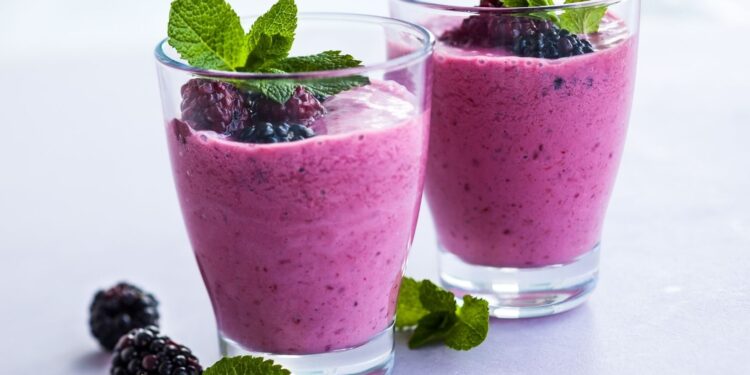In today’s fast-paced world, meal replacement shakes have become a go-to option for individuals seeking convenience without compromising on nutrition. These shakes offer a quick and easy way to fuel the body with essential nutrients, especially for those with busy lifestyles. However, with the growing awareness of gluten-related sensitivities, there has been a surge in demand for gluten-free alternatives across various food categories, including meal replacement shakes.
This article will explore the differences between gluten-free meal replacement shakes and regular shakes, shedding light on their nutritional aspects and suitability for different dietary needs.
Understanding Meal Replacement Shakes
Meal replacement shakes are specially formulated beverages designed to serve as a complete substitute for a traditional meal. Unlike regular shakes, which may be consumed as supplements, meal replacement shakes are intended to provide a balanced and nutritionally complete alternative to a full meal. These shakes typically contain a blend of essential macronutrients, including proteins, carbohydrates, and fats, as well as micronutrients, such as vitamins and minerals.
The primary purpose of meal replacement shakes is to offer a convenient and efficient way to obtain essential nutrients when time or circumstances do not allow for a traditional meal. Whether it’s due to a busy schedule, travel, or simply a desire for something quick and easy, meal replacement shakes provide a convenient solution without sacrificing nutritional quality. They are often used as a tool for weight management, providing a controlled portion size with precise nutrient composition to support various health and fitness goals.
Gluten-Free Meal Replacement Shakes
Gluten-free meal replacement shakes cater to individuals with gluten sensitivities, offering a convenient alternative to traditional meal replacement shakes that contain gluten-containing ingredients. These shakes are formulated with ingredients that do not contain gluten, such as gluten-free grains like rice, quinoa, or oats, and are processed in facilities that adhere to gluten-free protocols.
In today’s market, there is a wide availability of gluten-free meal replacement shakes, offering a variety of flavors and options to suit different preferences and dietary needs. From classic flavors like chocolate and vanilla to more unique options like raspberry or mocha, individuals have the flexibility to choose gluten-free meal replacement shakes that align with their taste preferences and nutritional goals. Additionally, gluten-free meal replacement shakes come in various forms, including ready-to-drink shakes, powder mixes, and customizable options, providing convenience and versatility for consumers seeking gluten-free alternatives.
Regular Meal Replacement Shakes
Regular meal replacement shakes are beverages commonly made with a combination of ingredients such as milk, ice cream, fruits, sweeteners, and flavorings. While these shakes are enjoyed by many for their delicious taste and indulgent texture, they often contain ingredients that may pose challenges for individuals with gluten sensitivities.
Typical ingredients found in regular shakes may include wheat-based products like flour, cookies, or brownie bits, as well as barley-based malt extracts or syrups, and rye-based ingredients. These gluten-containing ingredients can be problematic for individuals with gluten-related health concerns, as even small amounts of gluten may trigger adverse reactions in those with gluten sensitivities.
For individuals with gluten sensitivities, consuming regular shakes may lead to uncomfortable symptoms such as bloating, abdominal pain, diarrhea, or other gastrointestinal issues.
To mitigate the risks associated with gluten consumption, it is essential for individuals with gluten sensitivities to carefully read labels and check for gluten-free certifications when choosing regular shakes.
Conclusion
Gluten-free meal replacement shakes offer a safe and convenient alternative for individuals with gluten sensitivities, providing a nutritious option without the risk of gluten-related issues. These shakes are formulated with gluten-free ingredients and are certified to meet strict gluten-free standards, offering peace of mind for those with gluten-related concerns.
On the other hand, regular shakes may contain gluten-containing ingredients like wheat, barley, or rye, which can pose challenges for individuals with gluten sensitivities. While some traditional shake recipes may be modified to use gluten-free ingredients, it is essential to be diligent in label reading and cross-contamination prevention when choosing regular shakes.
Ultimately, the choice between gluten-free meal replacement shakes and regular shakes depends on individual dietary needs and preferences. You still need to consider your specific health concerns and consult with a healthcare professional or nutritionist for personalized advice on selecting the most suitable meal replacement shake option. By making informed choices, you can enjoy delicious and nutritious shakes that align with your dietary requirements and support your overall well-being.
















































































































